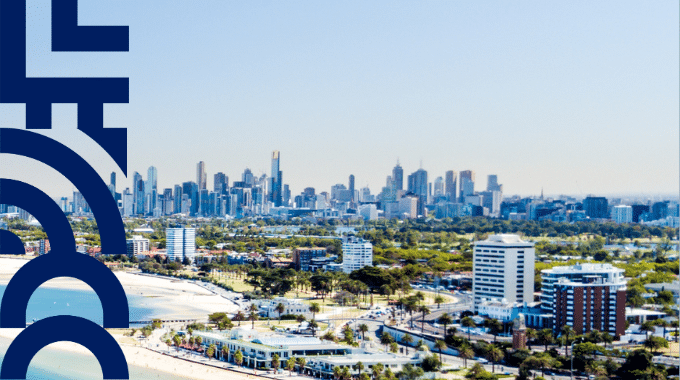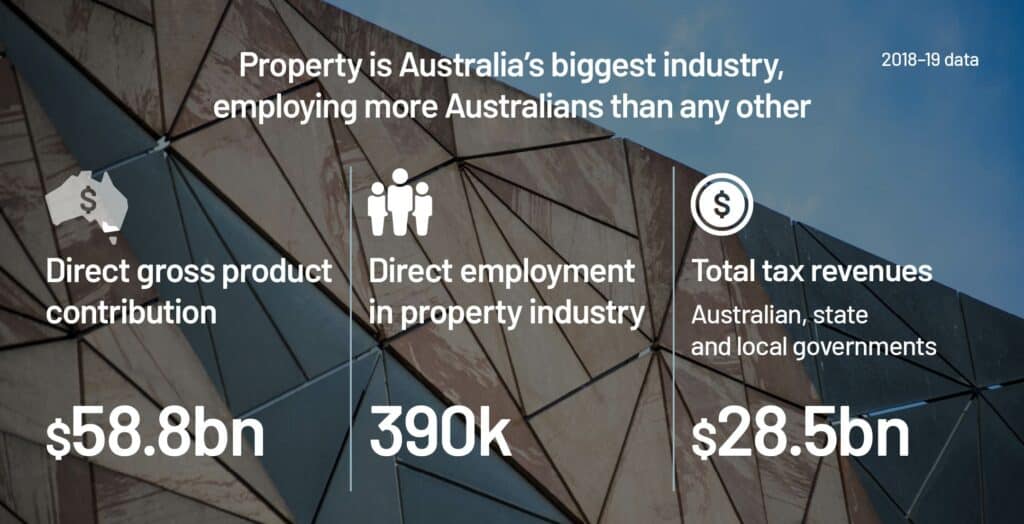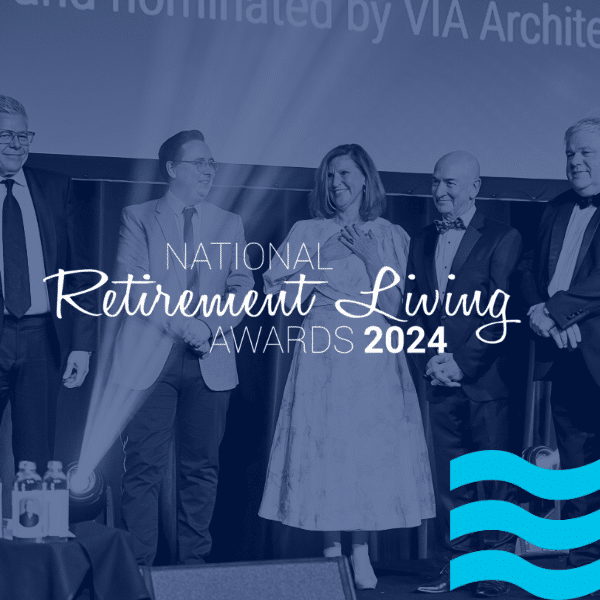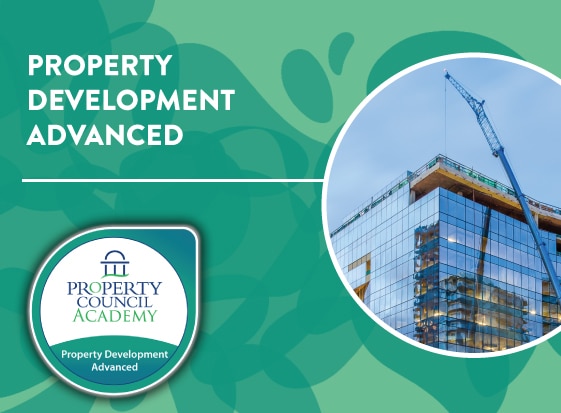
With Melbourne predicted to be Australia’s largest city within a decade and our regional cities achieving record levels of growth, the property industry has never been more vital to the health of the Victorian economy. Sustainably increasing the supply of quality housing for Victorians is a key focus for us in 2023, along with enhancing our planning system, releasing land for industrial development and modernising property taxation.
Your support is critical to the Property Council’s advocacy, which enables a thriving property industry to deliver great outcomes for all Victorians.
Campaigns & Submissions
‘Target 80,000’ – Property Council 2024-25 Victorian Pre-Budget Submission
The Property Council is pleased to release our pre-budget submission to the Victorian Government in anticipation of the 2024-25 State Budget.
Federal Pre-Budget 2024-25 Submission
Beyond a twentieth century tax system, the greatest economic and social cohesion challenge Australia faces is the delivery of affordable new homes for renters and purchasers as well adequate supply for those who rely on government housing support.
The value of goods through Australia’s industrial assets
A new report has shone a light on the importance of property’s workhorse assets – industrial properties – revealing a staggering $1.2 trillion worth of goods flow through Australia’s ‘big sheds’ every year.
Upcoming Events
-
Chadstone Site Tour – One stop shop to see Australia’s number one retail centre
Chadstone – The Fashion CapitalChadstone, VICTickets on sale -
Growth Summit 2024
Melbourne Convention and Exhibition CentreSouth Wharf, VICTickets on sale -
2024 Victorian People in Property Awards
CENTREPIECE at Melbourne ParkMelbourne, VICTickets on sale
Our priorities for Victoria
Victoria’s housing supply and affordability crisis is central to our advocacy. Our focus areas include simplifying and coordinating the planning process, promoting good infill development to enable Melbourne to grow effectively, and unlocking land for new housing and industrial development.
We are also working on making property taxes more efficient, and supporting the growing student accommodation, retirement living and build-to-rent sectors. Meaningful partnerships and co-creation with governments will be necessary to achieve this.
Latest media releases
Property Council pre-budget submission lays out pathway for Victoria to achieve 800,000 home target
The Property Council has today released its 2024-25 Victorian pre-budget submission, laying out a vision for how the Victorian Government can unlock investment and boost property industry and consumer confidence to address the state’s housing supply and affordability crisis.
VIC/TAS Retirement Village Manager of the Year crowned
Keyton’s Leanne Zannoni has been crowned the 2024 Programmed VIC/TAS Village Manager of the Year at a Property Council industry event today.
Housing Statement recognises supply is key to affordability in Victoria
The Property Council of Australia has welcomed today’s release of the Victorian Government’s Housing Statement, which has created a thorough roadmap for the delivery of up to 2.24 million
additional homes across Victoria by 2051.
Not a member yet?
Find out how you can join us and access the benefits for your people today.
Victorian Division Council
Made up of 18 elected members from across the industry, the Victorian Division Council directs the state's strategy and activity in line with the National Board's vision.
The role of the Victorian Division Council is to best represent the collective interests of Victorian members. Members are nominated by industry peers and elected for a two year term, with the Victorian President also securing a position on the National Board. Division Councils are responsible for all local initiatives, and also leverage the Property Council’s campaigns and initiatives to achieve state based results. The current Division Council representatives commenced their tenure in March 2023.
Victorian Committees
The Property Council’s agenda for Victoria is guided by more than 400 property professionals who make up 16 specific industry committees.
Committees meet every four to six weeks to discuss issues and projects relevant to their expertise and the focus of the committee. Being selected as a member of a Property Council Committee gives you the opportunity to help shape the future and influence the organisation’s agenda. Members have the opportunity to contribute to important, focused industry discussions while building their professional networks and knowledge.
As part of our 40-40-20 commitment to gender equity, all our committees comprise a minimum of 40 per cent female representatives. Committee members are appointed for a two-year term, with the current Committees commencing their tenure in February 2023.
Awards
For almost 40 years, the Property Council of Australia has hosted the industry’s most prestigious awards. As champions of our industry we celebrate and reward excellence. Winning a Property Council award means truly being at the top of your game.
Victorian People in Property
After an incredibly successful 2023, we once again invite you to join us for the industry’s night of nights as we recognise excellence at the 2024 People in Property Awards.
Innovation & Excellence Awards
The annual Property Council of Australia/Rider Levett Bucknall Innovation & Excellence Awards are the most prominent property awards in Australia, promoting excellence in design and innovation in the built environment since 1982.
National Retirement Living Awards
The Property Council’s National Retirement Living Awards celebrate excellence and achievement across all parts of the retirement living sector.
Upcoming Academy courses
Comprising workshops, online learning and industry diploma courses, our Academy provides the resources to enhance the professional lives of our members. It's a professional development platform with something for everyone.
Latest news

Green light for Lendlease’s $1.7b project at Melbourne’s Queen Victoria Market
Formal approval follows execution of contracts between Lendlease, Scape and the City of Melbourne for the major urban regeneration project.

Profiles & Pathways: Camille Jasson
From a South African migrant who struggled to find work in the industry, 10 years later Camille is APP’s youngest Business Lead, specialising in Innovation.
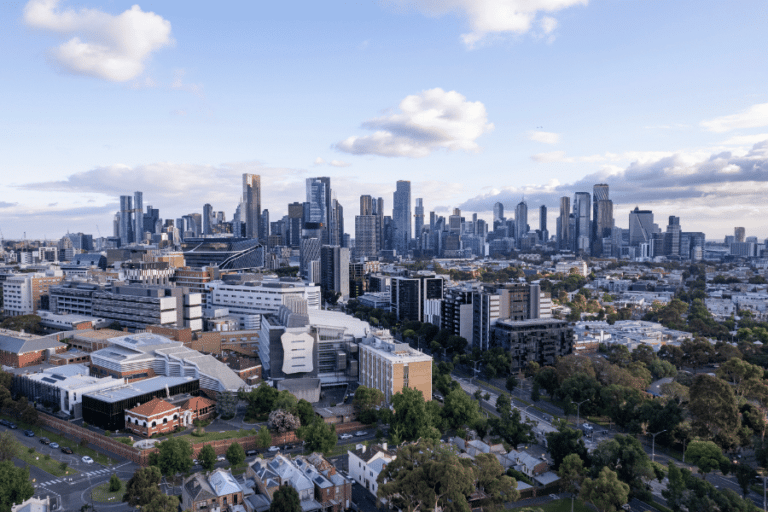
Call to create ‘Special Economic Zones’ to reach Victoria’s housing target
In its pre-budget submission to the Victorian Government, the Property Council said “Special Economic Zones” can combine planning schemes and tax incentives to activate development.
Programs
Our programs and initiatives help promote a strong future and encourage a more diverse and inclusive industry. Find out more about programs that might interest you.
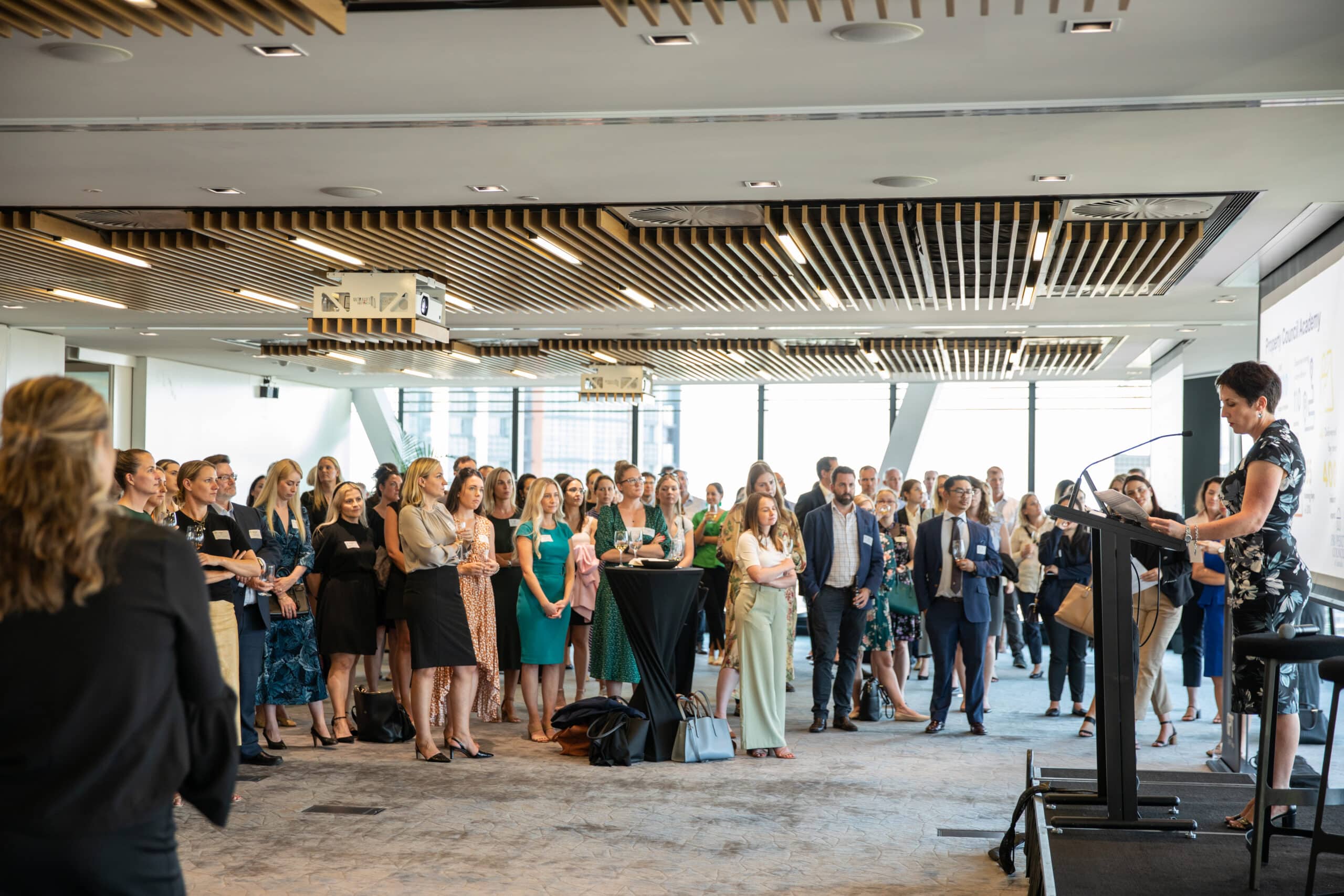
500 Women in Property
500 Women in Property helps our members promote female talent and empower them to advance in the workforce. The program aims to accelerate more women into leadership positions in the property industry through sponsorship of high-potential talent. Men and women can get involved as sponsors, and women as participants.
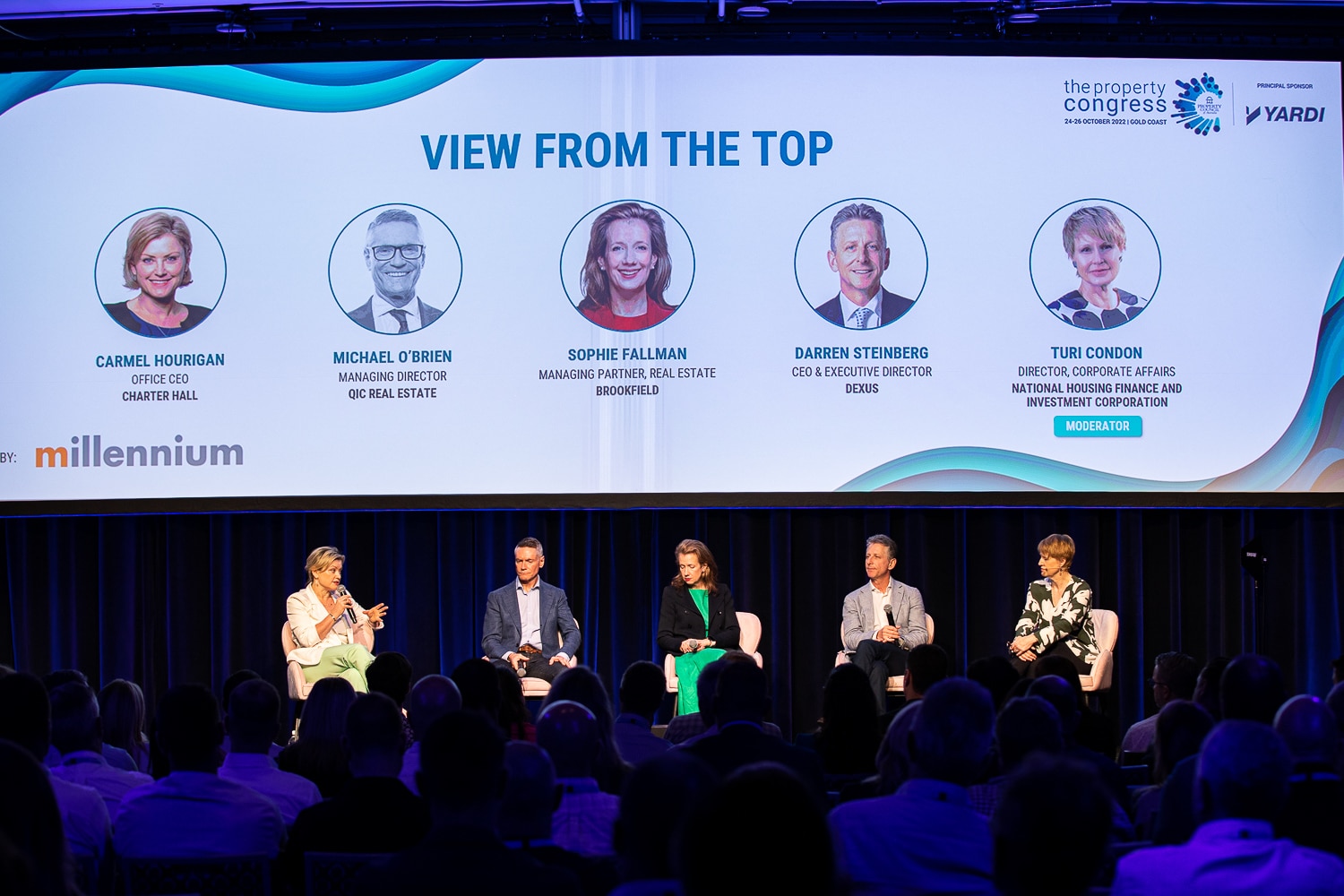
Champions of Change
The Champions of Change Coalition is a globally recognised strategy for advancing gender equality and building respectful, inclusive workplaces. We established the Champions of Change Property Group in 2015 to advance this cause in the sector, and today the group involves leaders who oversee more than 25,000 employees.

Girls in Property
Girls in Property is a program that informs high school students of the various career paths available across the property industry. It aims to generate a more diverse pipeline of talent by encouraging more women into the sector. Students gain insights into the industry and hear from leaders about what a career in property looks like.
Corporate Partners
Corporate Partners are member companies that partner with us to sponsor events, programs or campaigns.
We are deeply grateful to our Corporate Partners for their contributions. These sponsorships and partnerships enable us to deliver quality work and experiences for our members, which in turn benefits the entire Victorian property industry.
Corporate Partners can work with us in specific regions or industries, or at a state level.


